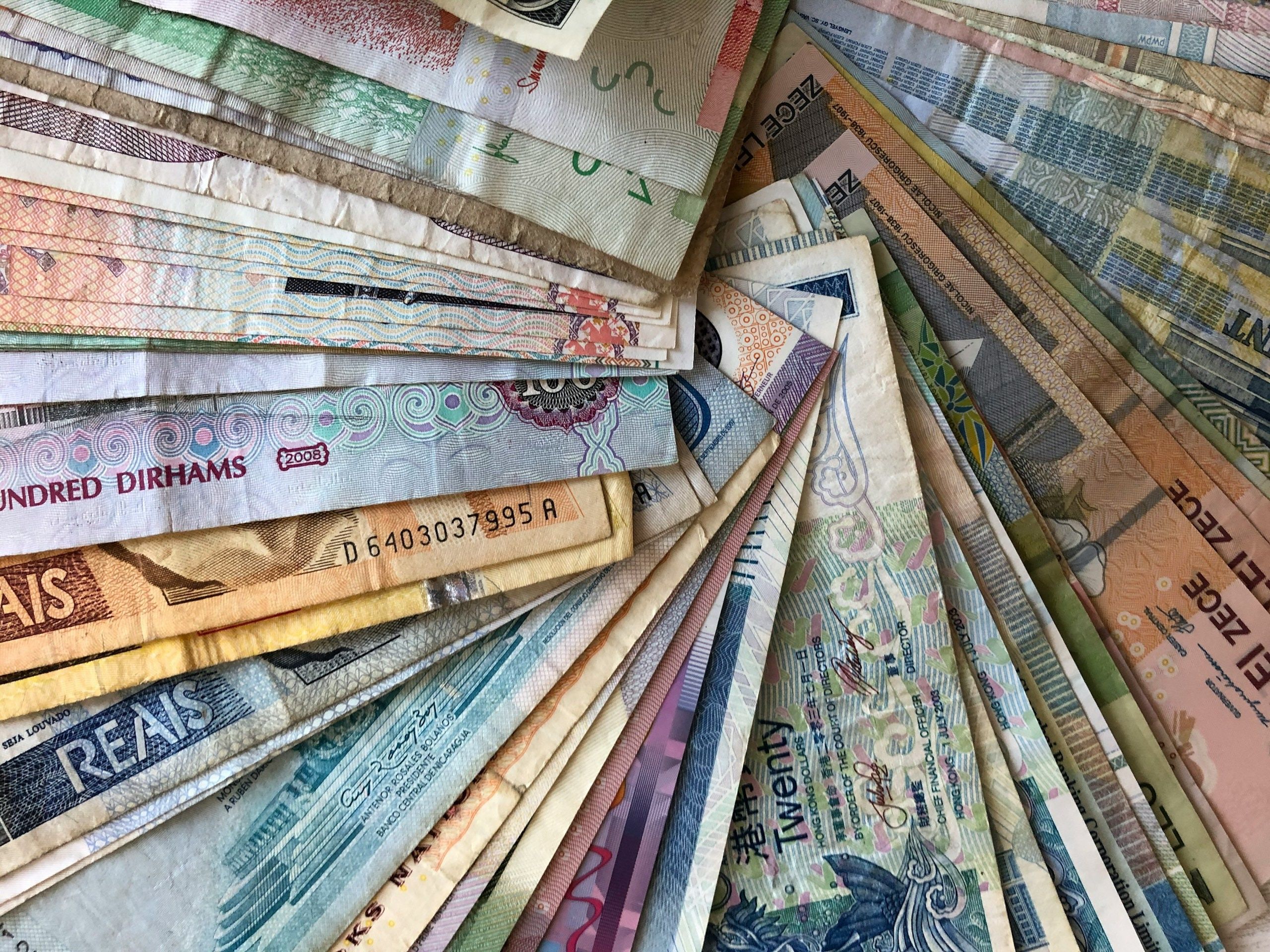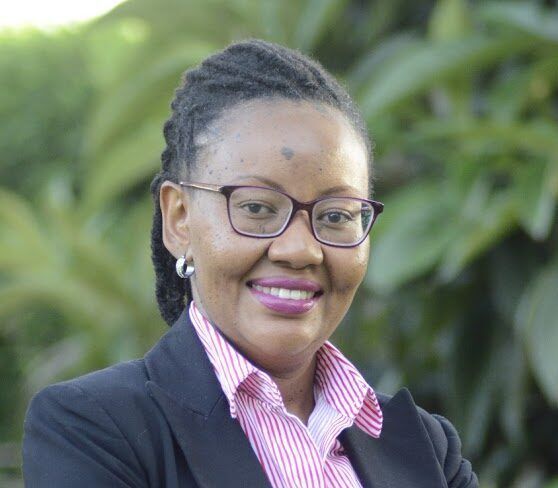What is the Sovereign Debt Challenge All About?

This is the second in our new series on “Building the Case for Action: Financing for Development,” ahead of the 4th Conference on Financing for Development (FfD4). Learn more about our Building the Case for Action initiative here.
This question was recently posed to me: “What is the sovereign debt challenge really all about?” The person asking was elderly, a seasoned educator, and a playwright. He was now retired, living on his farm somewhere in the highlands of Kenya. Before he got to this question, he had asked me a series of other questions that may seem obvious to many who work on these issues as policy questions, but mostly perplexed everyday people who aren’t immersed in these issues day in and day out.
These questions emerged:
- Why are countries borrowing what they cannot pay back?
- If they cannot repay what they borrowed, why do they want to borrow more?
- Who determines how much a country can borrow and how much it pays for the borrowed funds?
- What happens if the relationship between the country and its creditors further breaks down?
Global sovereign debt is projected to exceed USD 100 trillion, or 95 percent of Gross Domestic Product (GDP), in 2025. The current debt challenge is an issue affecting many low-income and middle-income countries on a scale that threatens progress towards sustainable development. While experts have decided that this is not a crisis on the scale of the Least Developed Countries (LDCs) debt crisis of the 1980s, they admit that it is compromising development in similar, if not worse, ways. The World Bank has referred to this as the silent debt crisis, referring to a set of countries whose macroeconomic indicators have left them stuck in a debt trap, with no viable way out in sight. Currently, thirty-five countries are in or at high risk of debt distress. The United Nations Trade and Development (UNCTAD) refers to this moment as a debt-driven development crisis faced by developing countries, now indebted to the tune of USD 11.4 trillion, or 99 percent of their exports. The debt of developing countries has been growing at twice the rate of global debt.
Why is this the case? The International Monetary Fund (IMF) explained this in their Global Outlook Report 2024. Countries face what they call a policy trilemma, a combination of high debt, slow growth, and constrained trade brought about by the ever-increasing geo-economic fragmentation. In essence, governments need to borrow to finance their development because they are not generating sufficient revenue to finance their development needs. This is within a context where their debt-carrying capacity remains constrained and their ability to pay is compromised. International Development Association (IDA)-eligible countries, for example, saw their interest payments rise four times within ten years, to reach USD 34.6 billion—averaging 6 percent of exports. As a result, these countries are spending more on debt service than on their social sectors.
Developing countries are also facing a structural debt challenge. There is no easy solution. The IMF has proposed a mix of policy actions summarized as “consolidating the fiscal position credibly without compromising the power to grow.” What this means for each country will be different. The challenge is that this, too, does not deliver immediate results and relies on many variables. The short-term solution to the debt challenge today will depend on how well the following issues can be resolved conclusively:
1. Cost of Financing
Africa borrows at an average rate of 11.6 percent, eight times higher than Germany and twice that of Asia. Why is this the case? The simple answer is RISK. The risk premium assigned by commercial and private creditors to sovereign assets in Africa is high. The question that has been challenged by many is whether this risk premium is justified and accurate. This has both a demand-side and supply-side aspect. On one hand, credit rating agencies’ methodologies and practices have come under sharp criticism, suggesting that their methodologies do not always accurately represent the dynamics of developing country contexts. On the other hand, capacity and structural constraints in developing countries have, in some instances, compromised their effective engagement with credit rating processes. Many believe this information asymmetry may have an oversized impact on the determination of credit ratings of developing countries. Countries are bound in this principal-agent relationship where signaling is important. That signaling influences the movement of price. Not every country will be investment-grade, but we need a reliable system to allow optimal distribution of resources. Addressing this information asymmetry may provide a first step towards doing this.
The other solution to addressing the cost of financing seems very obvious but is not getting the prominence it deserves. The system needs cheaper money. Increasing the amount of concessional financing available to developing countries is a critical part of this puzzle. Multilateral Development Banks (MDBs) play a central role in this regard. For least developed countries, MDB debt still remains the highest in their debt portfolios, particularly debt owed to the World Bank. For the 73 Debt Service Suspension Initiative (DSSI) eligible countries, their debt book is comprised of MDBs at 46 percent, bilateral creditors at 34 percent, and commercial creditors at 19.5 percent. Lending terms by MDBs in purely cost terms are more favorable than market terms. In addition, MDBs provide concessional facilities for low-income countries. The demand for these concessional facilities, such as the IDA of the World Bank Group and the African Development Fund (ADF) of the African Development Bank, has been greatly heightened because many of their clients are facing high-risk or are in debt distress. For these concessional facilities to meet the ever-growing demand for more affordable financing, donors will need to commit more in their respective replenishments and undertake general capital increases for the non-concessional facilities. As the World Bank president once put it, no amount of financial engineering can substitute the need for additional resources. Increased shareholder capitalization of MDBs is as much a strategy for unleashing the potential of MDBs as it is a strategy for addressing the growing debt burden of developing countries. For this reason, utilizing unused Special Drawing Rights (SDRs) in a hybrid capital instrument in MDBs presents a compelling case as an approach to addressing the runaway costs of sovereign debt financing.
2. Defining the rules of the game
The sovereign debt architecture is fragmented, whether it is having multiple players or sovereign debtors with different capacities, conditions, and needs. There are also different categories of creditors, multilateral creditors, bilateral creditors, including the Paris Club and others, commercial creditors, including private banks and other private financial institutions, bondholders, etc. Each of the individual players within these categories is a unique entity in itself, governed by its own rules, operations, obligations, and decisions. In this ecosystem, might rules. The creditors set the rules of the game, and the debtors are takers of these rules. It is due to this inherent power imbalance that you require an independent entity to act as a referee. Due to the need for independence, such an institution cannot be placed within an existing institution, such as the IMF or the World Bank, because both institutions are involved in sovereign debt transactions. As such, this would negate the principle of independence. The referee would undertake some core functions that currently are not in place, including:
Ensuring compliance with the principles of responsible lending and responsible borrowing.
The principles of responsible lending and responsible borrowing should ideally be generated through an inter-governmental and multi-stakeholder process that ensures all actors in debt transactions are involved. However, after these are developed, the entity that enforces these principles should be the sovereign debt institution that acts as a referee. This institution would be responsible for interpreting compliance with the principles in the event of disputes.
Providing guidance and advice on the minimum standards for debt contracts.
This could include providing guidance on the standard minimum requirements for contracts, while allowing for customization based on specific contexts. This would ensure that provisions such as state contingency clauses are included as part of standard debt contracts.
Acting as the custodian of the global debt registry and any other debt database.
Debt transparency has been a crucial issue in debt restructuring negotiations. Debt transparency is not only useful for restructuring but also for understanding risk and opportunities. Allowing access to the Global Emerging Markets Risk database, for example, has been a long-standing request by commercial creditors and investors to the World Bank.
Acting as an arbiter during liquidity management negotiations and other contractual disputes.
The institution would play a critical role of determining whether a sovereign nation should enter liquidity management negotiations with its creditors. This will help bring some predictability into the system. The institution would act as the convenor of the sovereign and its creditors and pull in additional expertise that would serve as advisory for the process. As an arbiter, they will understand that there is no one-size-fits-all approach to debt restructuring. Some would need far-reaching measures than others. It would serve as a universal mechanism, not just a mechanism for a specific country income group. They would also be responsible for monitoring the implementation of the terms of agreement of these negotiations. The referee should be seen as an institutional mechanism that not only protects the debtor but also the creditor.
Conclusion
Finally, if I were to answer the question at the beginning of this blog, I would summarize it by providing this illustration.
Imagine you filed a case in court against your neighbor for parking their car in your driveway, despite every effort to ask them to stop. And on the day of the hearing, you walked into the courtroom and found your neighbor was the judge, the prosecutor, and the defense attorney. It is highly unlikely that you would get a just resolution to the matter you brought to court.
The current sovereign debt architecture works very much in this way. You have individual parties, sovereigns, and their respective creditors, engaging in transactions outside of any form of accountability to any other party. However, if a problem arises, creditors come together to serve as both the judge, the jury, and the defense attorney in the case. Therefore, the result is almost always a suboptimal deal for the sovereign debtor, who is the only actor that sits as a plaintiff or a defendant. In my analysis, the debt problem is an institutional architecture problem that has concentrated power in the hands of creditors to the detriment of debtors, resulting in a suboptimal allocation of financial resources and mispricing of these resources. Where there is foul play means there is no referee to call a foul and issue a red card.
To tackle the global sovereign debt challenge, we need to make sufficient, reasonably priced financing available and create an institutional mechanism that guarantees an equal playing field for all actors in the debt ecosystem.
Stay Connected
Subscribe to our newsletter and receive regular updates on our latest events, analysis, and resources.
"*" indicates required fields
